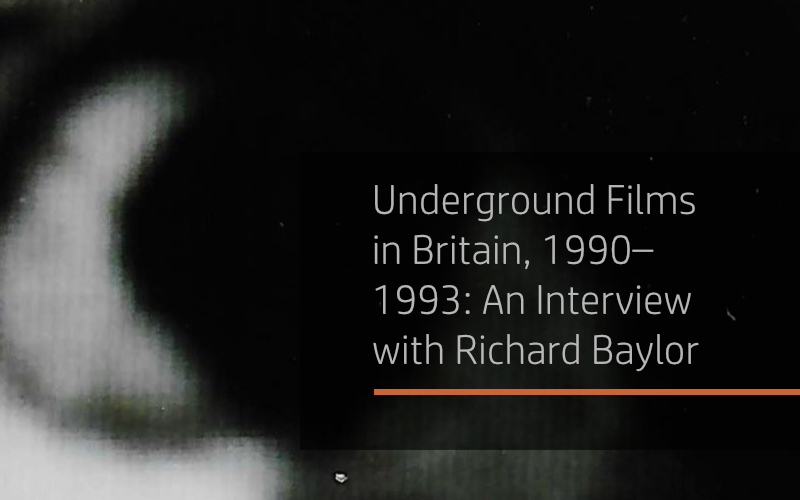
Underground Films in Britain, 1990-1993: An Interview with Richard Baylor
- This interview with filmmaker RICHARD BAYLOR was conducted by email (Sep-Oct 2024) following the release of Saturn’s Core exhaustive Blu-ray retrospective, Our World Is Drowning and Going to Hell: The Underground Films of Richard Baylor»
- DAVID KEREKES’ article, Black jeans and Weathered Jackets: Time and place and the films of Richard Baylor, can be found here»

DAVID KEREKES: Initially you were suspicious about the (re-)interest in your films and the release of Our World Is Drowning and Going to Hell. Could you elaborate?
RICHARD BAYLOR: I created my last film in the early 1990s and then stepped away from the underground film world to focus on family and music. With social media and the digitisation of content becoming commonplace, I thought about preserving the films for those interested in the mid 2000s but decided to only make them available to the small group of people who were actively part of the filmmaking process. I manually transferred the films to my laptop, created a DVD cover, and burned off about twenty copies for manual distribution — which to be honest, wasn’t miles away from me manually copying videotapes and handwriting labels back in the early days. To me, the films represented a point and place in time, a document of the underground scene in [UK port town] Ipswich but I was dubious about whether they had any relevance for a new generation bombarded with everything all the time.
In spring 2023, I received an email from Ross Snyder [of Saturn’s Core] asking if I was the Richard Baylor who made films way back when. I never had an online presence as the ‘filmmaker’ Richard Baylor. He said that he had made it a personal mission to track me down to release my films. He had been searching for years for a way to make contact, until underground culture and film writer Vincent Albarano found the email address for my band Earth Mother Fucker. Snyder’s goal was to release a retrospective Blu-ray and give the films the wider release they deserved.
I thought it unlikely the films would generate much interest and believed instead they would make a monetary loss. But Ross convinced me he was a fan, having kept VHS copies of my films purchased in the 1990s, and clarified I wouldn’t be expected to invest financially. He emphasised that the film scene had a keen desire to re-discover old SOV (Shot on Video) releases. So I warmed to the idea.
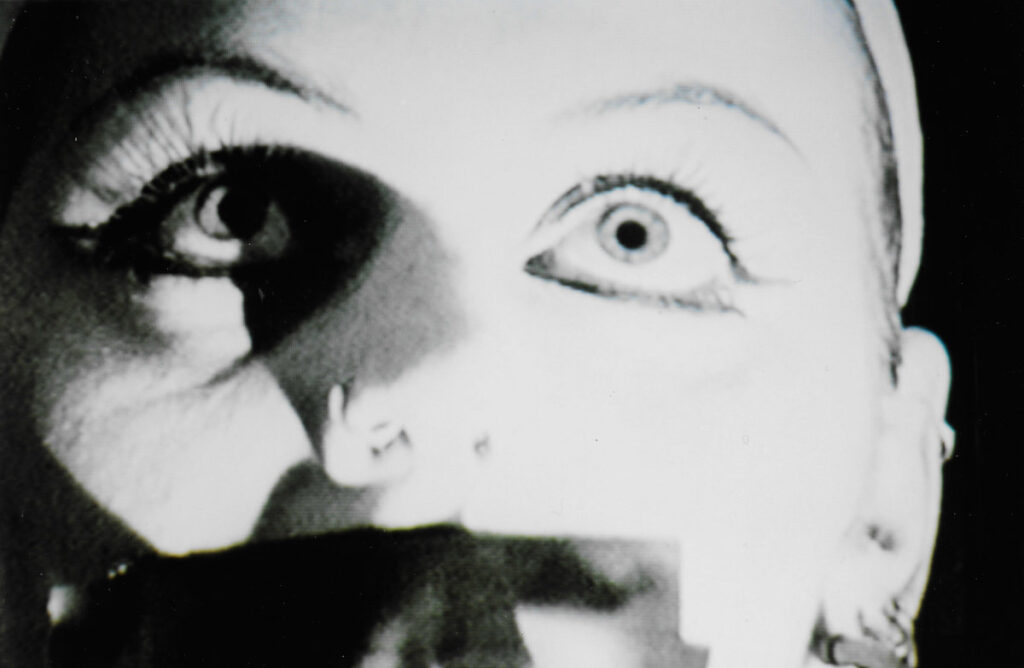
I understand the collection has already sold more than all your films combined on their original release. What was your sales protocol in the 1990s, the network for orders and promotion?
The impetus to make films came from a bunch of factors in the 1980s. I was immersed in all forms of aggressive/challenging music, art, literature, and film through the likes of RE/Search, Amok Press, Feral House, and Headpress. Exposure to [New York underground film scene] the Cinema of Transgression came via the liner notes of the Foetus All-Nude Review 12-inch, which connected musical pieces to the films of Richard Kern. This also provided a mailing address in New York through which I ordered a few VHS tapes. These tapes arrived with B/W photocopied covers glued onto standard VHS cardboard slipcases with basic info about other releases on a photocopied sheet. As well as all this, I picked up copies of Nick Zedd’s hand-produced Underground Film Bulletin from Zedd’s PO Box and Detroit-based Film Threat at my local comic shop, which contained articles and adverts for no-to-low budget films.
So, at the point I thought people might want to view my own work, I followed the same approach and outlets, the same simple style of packaging and inserts, using recycled VHS plastic boxes from the local rental stores and photocopied inserts. I sent out review copies and paid for advertising in fanzines, magazines, and other outlets — regardless of country. Also, copies were available for a brief time ‘under the counter’ in a cult film shop in Camden.
When reviews started to come in along with screening requests, things took on a life of their own. One thing that helped me, which my UK peers didn’t have, was access to a US Post Box via a military base. This enabled direct US postage and the receipt of items outside of the restrictive UK customs and police channels.
As for the number of sales: all told, I suspect I sold about 300 tapes, each duplicated on my two VHS tapes while we, the family, watched telly, ate dinner, played in the garden… all with one eye on the tape counter.
Can you tell me more about your military background?
I joined the US Air Force from the States to follow a French girl who I met in a Michigan High School. It also allowed me to move to England — I had been a huge follower of the various youth cultures and the punk movement. I landed in 1984 and married the French girl, Sophie, that same year. I immediately fell into the Ipswich punk scene, joined a band, and we made it our new home where we still live today.
I never aligned with the military ideology and used it as a means to an end, a way to get out of Smalltown USA, see the world, and get funding for a degree (there were no armed conflicts in sight). I left the active forces in 1988 but continued to work off a military base for another fifteen years.
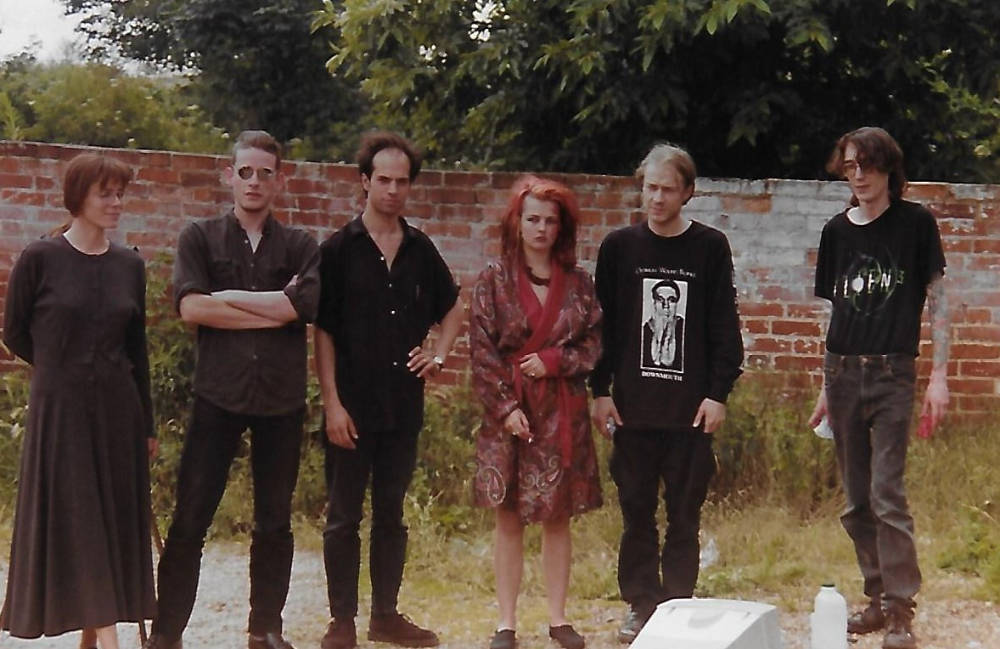
Did you have much interaction with other filmmakers?
I communicated with Nick Zedd and Casandra Stark of the Cinema of Transgression in the early days and this led to me distributing their films alongside my own. UK orders were largely filled by Richo Johnson’s Fourth Dimension record label and Grim Humour zine, while I took care of orders for the USA and Europe.
I also connected with Jeri Cain Rossi who had done a great film with Joe Colemen based on the Flannery O’Conner short story ‘A Good Man is Hard to Find’. Her style was much more in alignment with mine than the works of Richard Kern and Nick Zedd. I also got to hang out with Nick Zedd and Jeri Cain Rossi when they toured their work in the UK, courtesy of Jack Sargeant.
On the European scene, I had a strong connection with UK-based [experimental filmmakers] Damon Barr and Marie-Anne Ferral and we shared a few screenings; we frequently featured in publications together. I also connected with Ian Kerkhof, the Dutch/South African filmmaker based in Amsterdam at the time. He produced some great early films with some of the same religious/serial killer themes that fascinated me. I stayed at his flat in Amsterdam. He had a basketful of human hair by the side of his bed, as I recall. I had a creative alliance with the controversial French noise and performance artist [Jean-Louis] Costes and artistic partner Anne Van der Linden, who were helping to distribute films for me, and later scored parts of Cirsium Delectus. I did take part in some film events in London, more aligned with the splattercore scene with the likes of Alex Chandon, who had done Drillbit (1992), but I never made a strong connection with the gore/horror community.
My Bloody Valentine, video deterioration.
You shot films on US NTSC video equipment and converted them to the UK PAL format for distribution and playback. This seems a roundabout method of doing things, and quality-wise not the best.
I bought my Sony Handycam 8mm video camera at the US Air Force base, which meant that it was in the US NTSC video format. After the first film, Our Own Personal Hell, the films became more complicated to edit, so I sent the raw tapes to Ireland for conversion to the UK PAL S-VHS format, enabling me to use a video editing facility in Ipswich. Once I had the final cut, I then had to make a standard PAL master VHS copy for duplications to the UK/EU market and had to resend a tape to Ireland for a NTSC copy for the US. I also had two home quality multi-region Panasonic VHS machines for duplicating whenever I received an order. You know how bad VHS tapes degrade when copied: the tapes that I sent out were fourth generation from the original tapes. Having said that, I do think the transferring of the video format and degradation gives the films a unique look and feel. This I did for all my work.
Parallel to the manipulation of the video format, Jason Whittaker and Richard Munn were making strides in developing the film soundtracks and sound effects. They had several minute-long sections of audio on a series of cassette tapes which were played manually in sequence to layer on top of the dialogue recorded in the camera. If the tapes contained more than a couple of minutes of sound, they would go out of synchronisation with the visuals. It was all very painstaking, but nice to see how well it worked in the final cut.
Cirsium Delectus is your final and most accomplished film, based on the Sunset Strip murders in the 1980s for which Douglas Clark and Carol Bundy were convicted. Clark liked to communicate with the small presses. What was his response to Cirsium Delectus?
The idea for Cirsium Delectus came directly from an article published in Headpress 5 that highlighted the case, that of Clark and accomplice Bundy and the connected figure [part-time country singer] Jack Murray, with whom Bundy was having an affair and later killed. I was intrigued by the fact that the drifter/grafter Clark could become the scapegoat for things much darker at the hands of Carol and her lover Jack. The film took about eighteen months to complete, and during that time I decided not to contact Doug as part of the process. However, once the film was released and reviews started to appear, I received a letter from Clark in San Quentin stating he was aware I had made a film about his story. I was surprised to find that he was supportive and he then sent a large amount of case evidence, police interview tapes, and court manuscripts. He vehemently maintained his innocence. The fact that my film — unlike, say, Brewce Longo’s A Corpse for Christmas (2023), shot some years later — supported his view and set the tone for his future communications. His desire was to have a new film made which would be directly scripted from the case evidence he put forward. All shots would mask the key players’ faces to allow the viewers to make up their own minds about who the ‘real’ culprits and victims were. Although it sounded interesting, it was too late to incorporate that into my film.
Over several years we communicated and I began to get a feel for what life was like for him on death row. We recorded a few monologues, directly over the phoneline from San Quentin. He once made the poignant remark: “If you were sane and innocent coming onto death row, you would be mad and violent by the time you die.”
Unfortunately, things turned ugly when he was put into solitary confinement because of the monologues, confusion between other filmmakers working on a related documentary with legal implications and then his asking me for phone numbers of young women he wanted to contact. I let the communications fall away at this point. I only found out he had recently passed while pulling together material for the Staring into the Abyss documentary — the title is a direct reference to my experience dealing with Doug over those years.
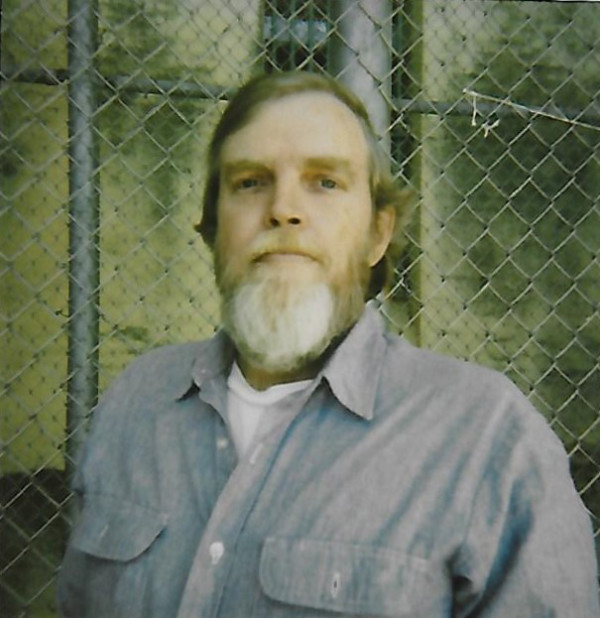
In the documentary Staring into the Abyss (included on Our World Is Drowning and Going to Hell), you discuss a limited edition package intended to accompany Cirsium Delectus. The idea was developed but never materialised.
When I embarked on filmmaking, powerful music was key. I started by using music by artists I liked and which aligned to the visuals … Swans, Ministry, Einstuerzende Neubauten, etc. When I decided to make the films available to the public, I replaced the music with artists I had a personal connection with, for copyright reasons as much as anything else. Through my band Earth Mother Fucker’s connection with Whiteslug, I began working with Jason Whittaker and Richard Munn; they were keen to provide music and eventually took over all the soundscape aspects of the films. They also curated a set of music from other artists, such as UK-based Splintered, Another Headache, Pete Copeland, US-based Candiru, and the French performance artist Costes.
Listening to the soundtracks of films in isolation we felt the music was strong enough to release on its own. Plus we incorporated one of Doug Clark’s death row monologues on the track, Marking The Wall, which also appeared on [the Antigen Records album] Let Him Go Up by Earth Mother Fucker.
The intention was to create a package that was a companion to Cirsium Delectus, an audiocassette set in a VHS jewel case along with a film-focused booklet in the shape of a VHS tape. We created the booklet and packaging, but then Jason and Richard had a falling out, and I too stepped away from making films, and the project ended there. After the Our World is Drowning and Going to Hell Blu-ray there has been some talk about finally completing it … Jason and Richard have since patched things up.
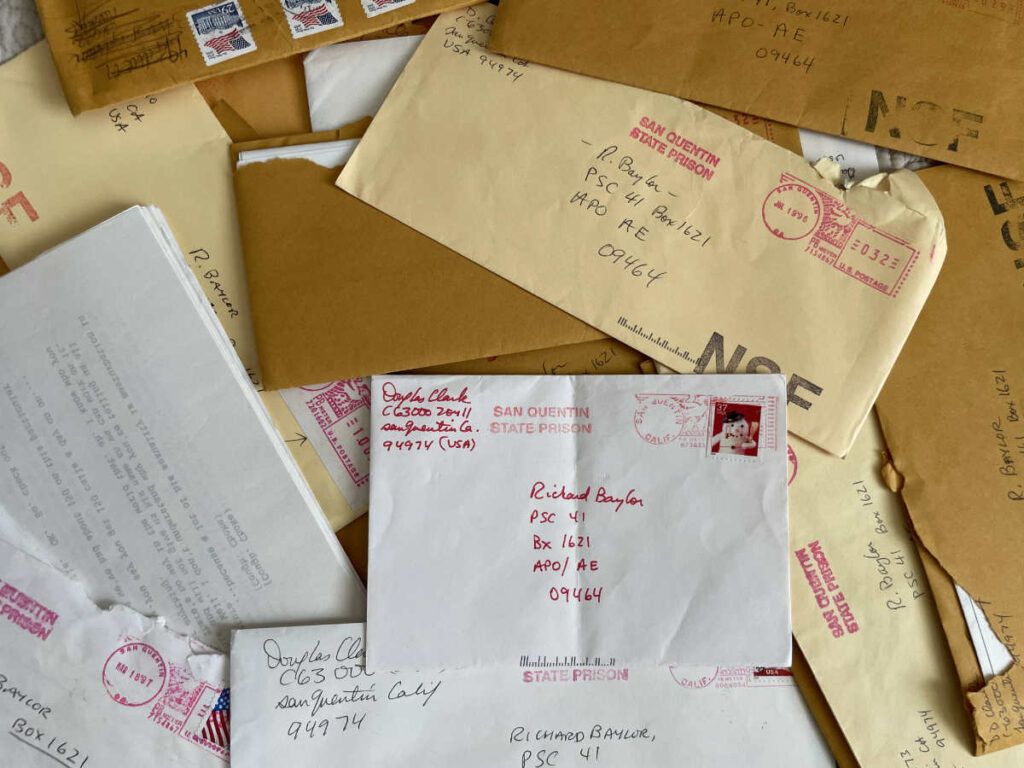
Your departure from films appears to have been down to a variety of factors, no less family pressure, but also a moral and ethical conundrum following Cirsium Delectus. Can you elaborate?
When I got the video camera and started playing around with the idea of making short underground films, I really had no grand plan. It began as creative fun with like-minded friends, which then snowballed. I was always keen to improve on what I had done before, which I suspect was fuelled by positive feedback to the films. Consequently each film was more complicated to develop and execute … if you look at Our Own Personal Hell, shot with no tripod and in-camera editing, and Cirsium Delectus, with sound effects and dialogue, there is a huge leap forward in two or three years.
In 1992, I was trying to balance Sophie and I having our first child, holding down a full-time job (frequently on night shifts) and playing in a band. I also have an obsessive personality which meant that when I wasn’t filming, I was thinking about filming. It put a huge strain on my personal life and I took the decision to step back to be the father and husband that I should have been. We are actually celebrating our fortieth anniversary this year, which otherwise wouldn’t have happened, and validates that I made the right decision. There were no financial or moral conundrums. There was a niggling concern with legal implications over the Douglas Clark interactions, and the ‘video nasties’ — these added to the pressures already there.
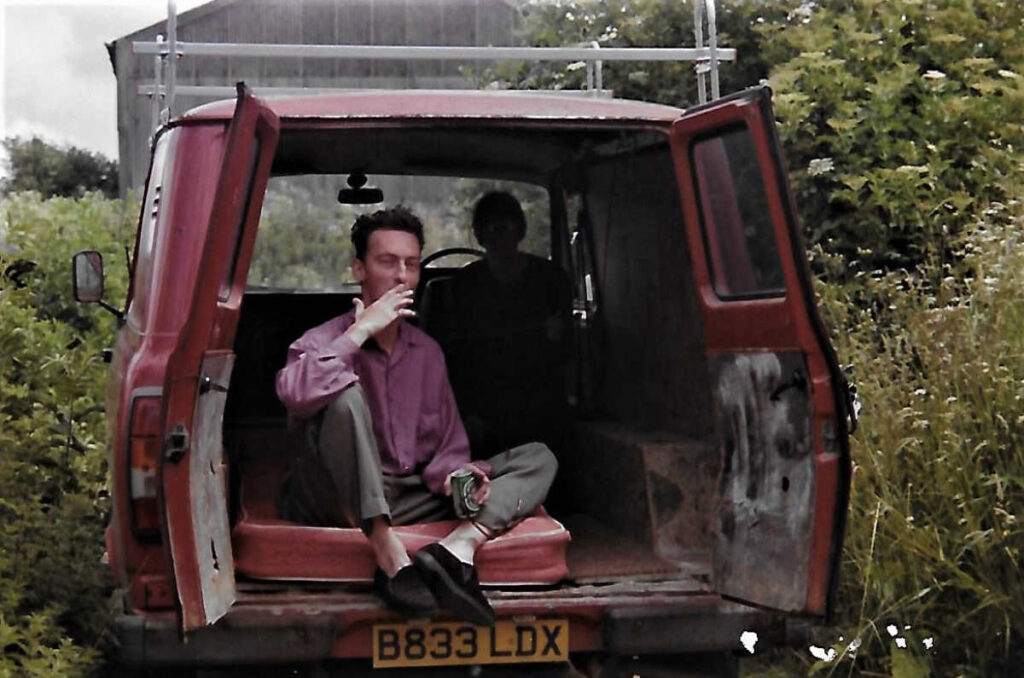
Cirsium Delectus. Kill van behind the scenes; principal actors Lisa Correll and Richard Munn.
This was still very much the era of the ‘video nasties’ and the clampdown on unclassified videocassettes in the UK.
Yes. In one raid, police had confiscated a number of ‘video nasties’ from a house in Manchester, and this was reported on the local news. Footage of the raid showed the police holding up some of the confiscated films, which happened to include a copy of my tape, You’ve Made Your Bed. Parallel to this, a friend of mine, making more explicit films than me, received a six-month prison sentence for distributing pornographic videotapes without certification. I quickly moved my tapes out of the house and that’s when the base for UK distribution of my films relocated to Paris-based Eretic Arts, also the hub for artists Costes and Anne van der Linden.
Did you ever consider submitting Cirsium Delectus or any other work to the BBFC for classification?
I did contact them about the costs involved to secure a certification. But, given the size of the UK market and the money being made (perhaps 50–100 tapes of the shorts were sold in Britain), it didn’t really make sense to pursue a certificate — especially when a key scene in Jesus Hates You would likely end up on the cutting room floor anyway. While making Cirsium Delectus, the thought to contact the BBFC crossed my mind again but, again, I felt the small reach didn’t warrant the cost, which would never have been recouped.
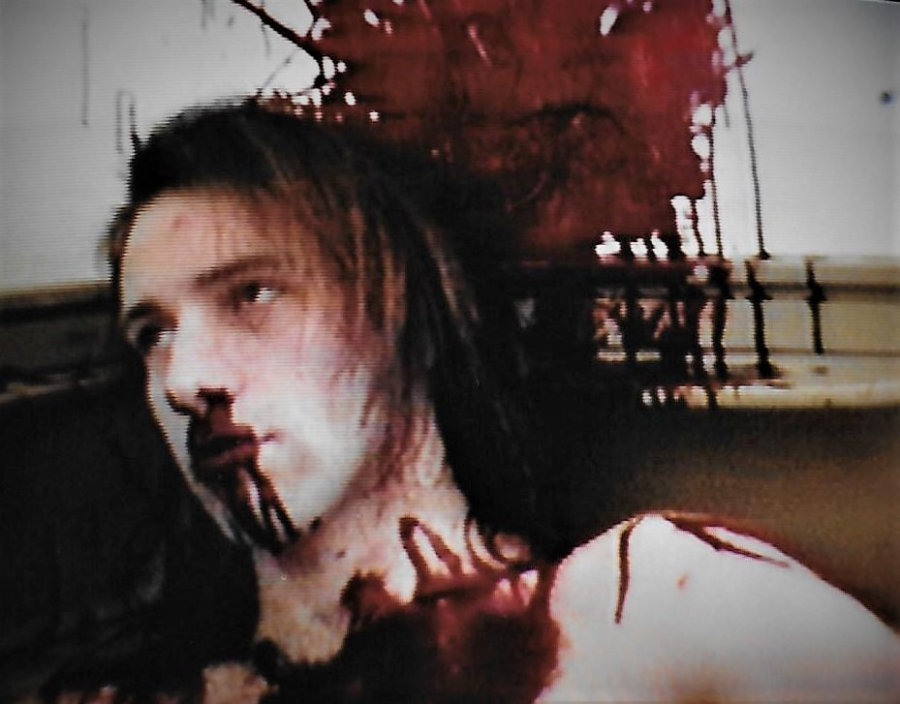
Finally, how might your films have differed had you made them in a place other than Ipswich?
That’s a good question and part of me thinks that the films wouldn’t have differed. Wherever I land, I’m attracted to the same types of individuals interested in creating something new, part of an underground/counterculture scene that appreciates the aesthetics of urban decay. That said, the films only became possible because of this connection to a wide group of individuals willing to take chances, be daring and do something different in a challenging way. The real question is, I suppose, whether I would have made the same type of films with a different group of people and I suspect not.

- Interviews
- 1990s, A Corpse for Christmas, Alex Chandon, Amok Press, Anne Van der Linden, Another Headache, Brewce Longo, Candiru, Carol Bundy, Casandra Stark, Cinema of Transgression, Cirsium Delectus, Damon Barr, David Kerekes, Douglas D. Clark, Drillbit, Earth Mother Fucker, Einstuerzende Neubauten, Eretic Arts, Feral House, Film Threat, Foetus All-Nude Review, Grim Humour, Ian Kerkhof, Ipswich, Jack Sargeant, Jason Whittaker, Jean-Louis Costes, Jeri Cain Rossi, Jesus Hates You, Joe Coleman, Marie-Anne Ferral, Ministry, Nick Zedd, Our Own Personal Hell, Our World Is Drowning and Going to Hell: The Underground Films of Richard Baylor, Pete Copeland, RE/Search, Richard Baylor, Richard Kern, Richo Johnson, Ross Snyder, Splintered, Starring into the Abyss, Swans, Underground Film Bulletin, Vincent Albarano, Whiteslug
David Kerekes
Like this article?
Related Posts
Comments
Copyright © Headpress


